The Last of the Birds from San Juan Island
Most, but not all, of these birds are seen in Tucson as well
(All of today's photos were shot on San Juan Island)
On the south end of the island, Violet-green Swallows were seen whizzing around through the air catching insects on the fly. Most of the time the Swallows look dark black but when the sunlight hits them just right, you can see the metallic green color of their head and back. (The violet of their name comes from their violet rumps- unseen in my photos.) In the air you can identify these birds by the white cheeks.
We see Violet-green Swallows in the Tucson area during migration seasons and during the summers. During migration we can see these birds at lower elevations but during the summers they frequent higher, cooler locations. Birdnote tells us about the migration of these birds.
Barn-swallows are another bird that is more common in the Tucson area during migration and the summers. You can find them coursing over open areas and any water. The Swallows' backs have been described as iridescent or cobalt blue and they have "rufous or tawny" underparts. In flight, they are distinguished by their long, forked tails. This bird was perched at South Beach.
Barn Swallows get their name from their propensity to build their cup-shaped mud nests under human structures. This nest with four chicks was in an old abandoned building at Cattle Point. Birdnote talks about how Barn Swallows got their name and why we love having them around.
Savannah Sparrows are winter visitors to southern Arizona. You can find them in grassy and weedy areas at that time. I saw this one on an old, lichen covered worm fence near the Cattle Point prairie. The streaky breast and yellow spot in front of its eye helps to ID this bird.
Another Savannah Sparrow was also on the prairie but on a rock near the coast.
We do have Red-breasted Nuthatches in southern Arizona but they stick to high mountain elevations: coniferous forests and canyons above 6,500 feet in elevation. They don't seem to have a neck. Their white eyebrows and light rusty underparts help to distinguish them from other nuthatches. This bird was seen by the feeders at the Sculpture Park near Roche Harbor.
The Chestnut-backed Chickadee is one bird we don't see in the Tucson area. It is a bird of the West Coast and Pacific Northwest. This is the only one that I saw on San Juan Island and it was feeding in the Sculpture Park.
I previously shared a photo of the group of Hooded Merganser ducklings all lined up on a log in a pond at the Sculpture Park. After shooting that photo, I walked around the little cove that was sheltering them and got another shot of them. They were pretty darn cute.
The mother Hooded Merganser was close by, never more than a few yards from her little ones. While we do see a few Hooded Mergansers in southern Arizona during the winter, they breed up north. Birdnote shares a bit about their nesting habits.
This is the last post I have of the birds I saw in San Juan. I still have some other photos to share at some point in the future including some whale photos and two Red Fox kits fighting. It may be a while though.


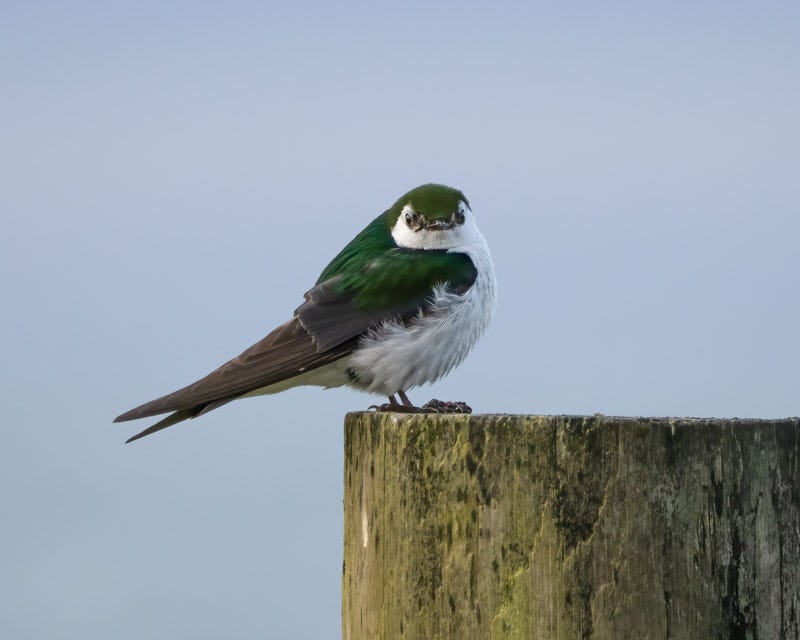
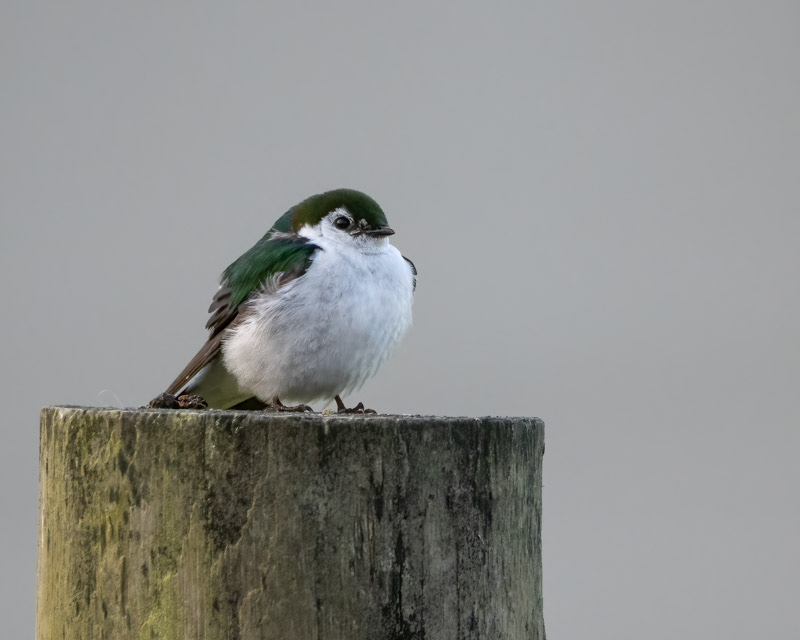

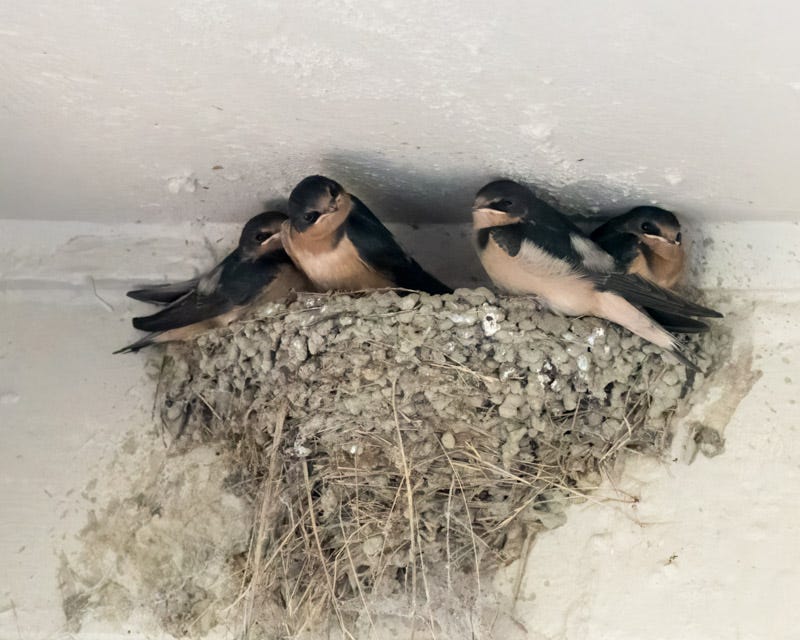
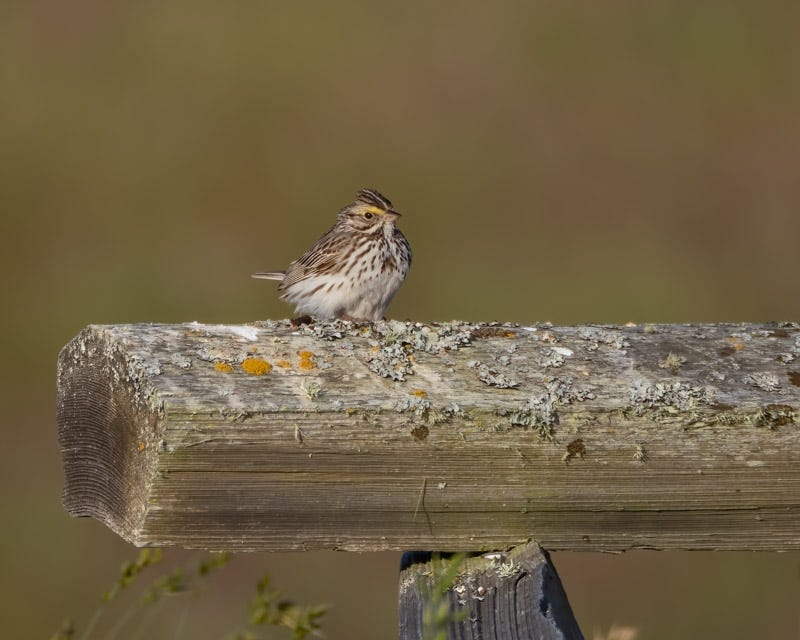
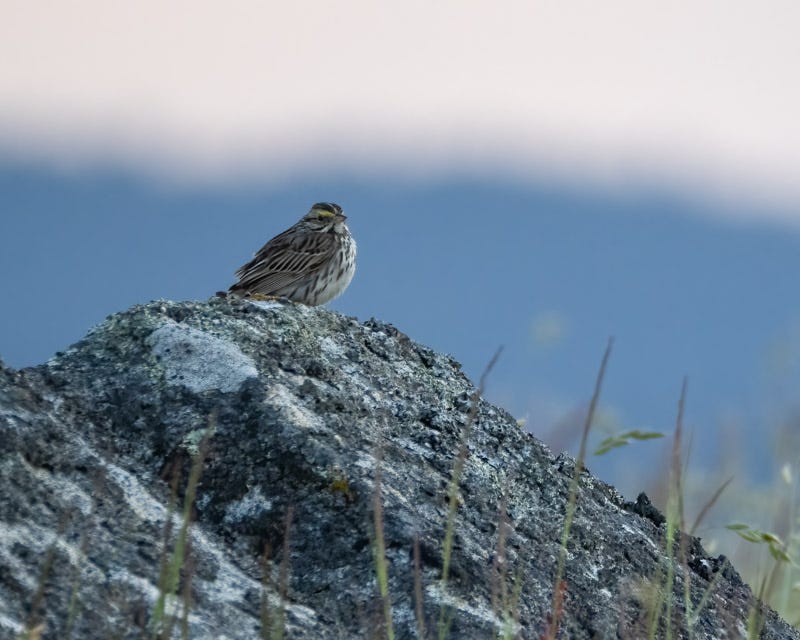
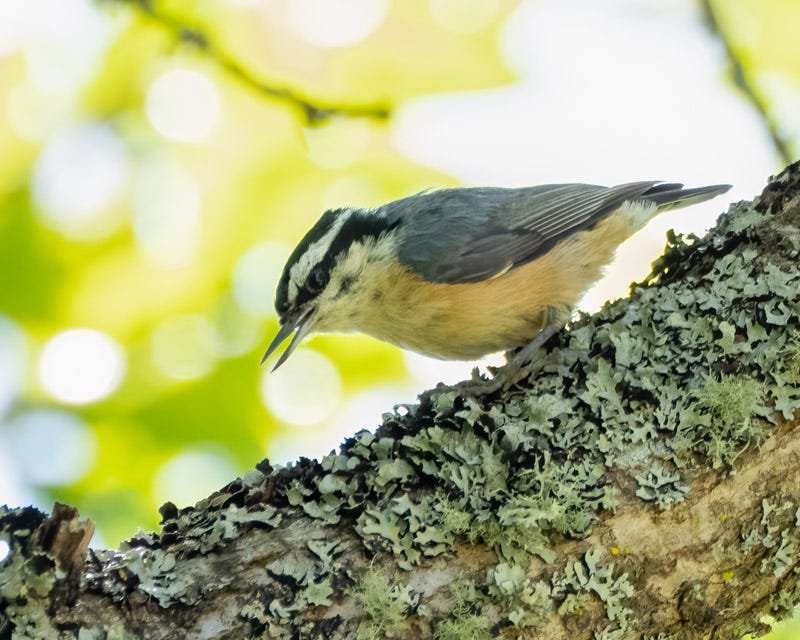
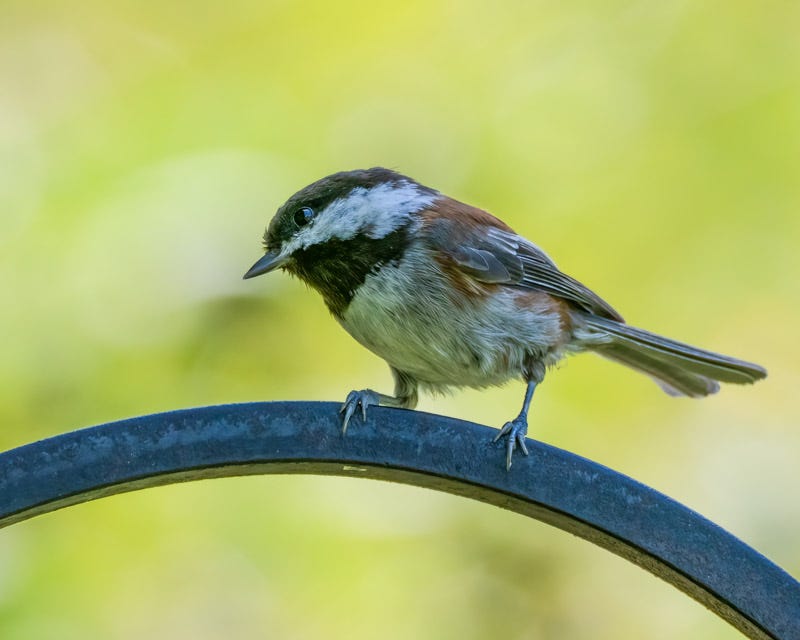
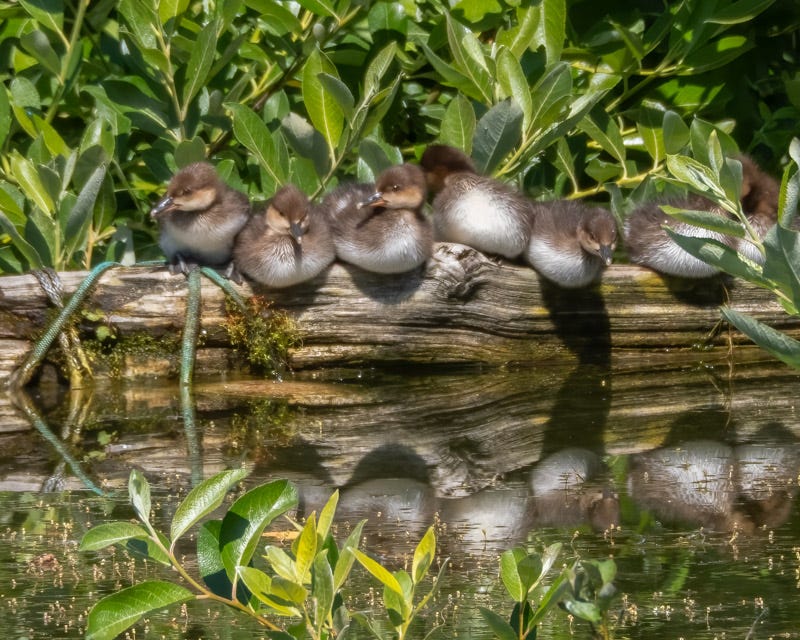
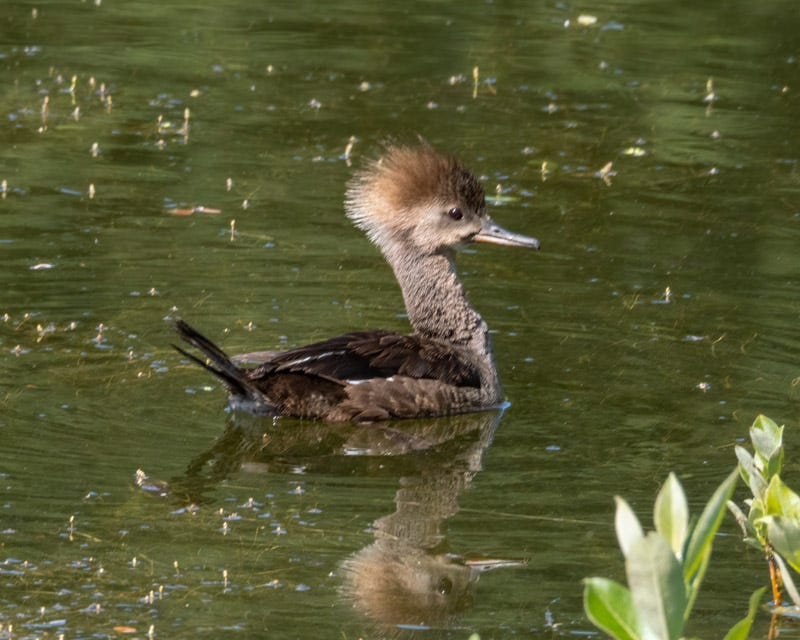
Those barn swallows in the nest are pretty darn cute!
Oh My, such beautiful birds!
Thanks for sharing!